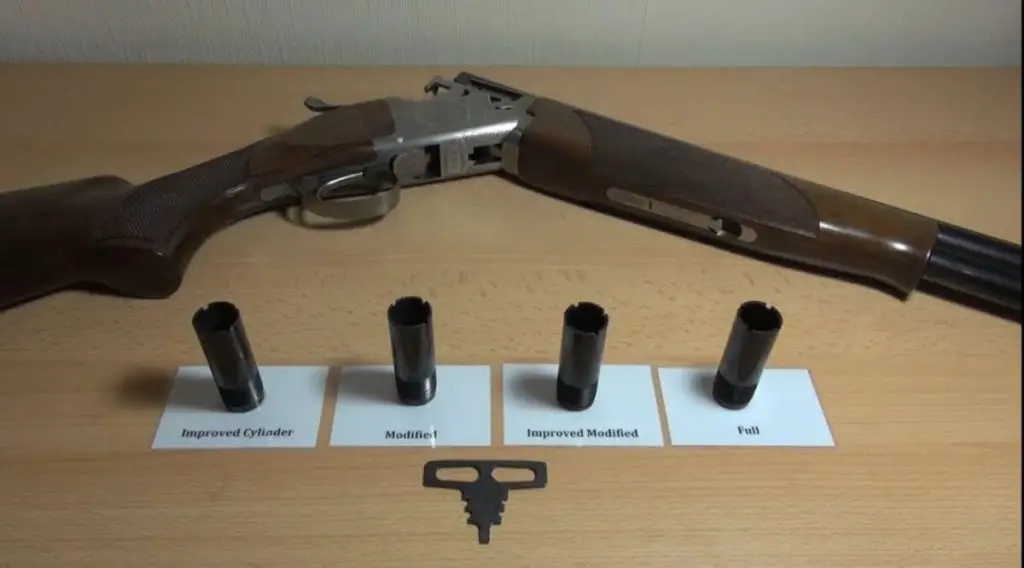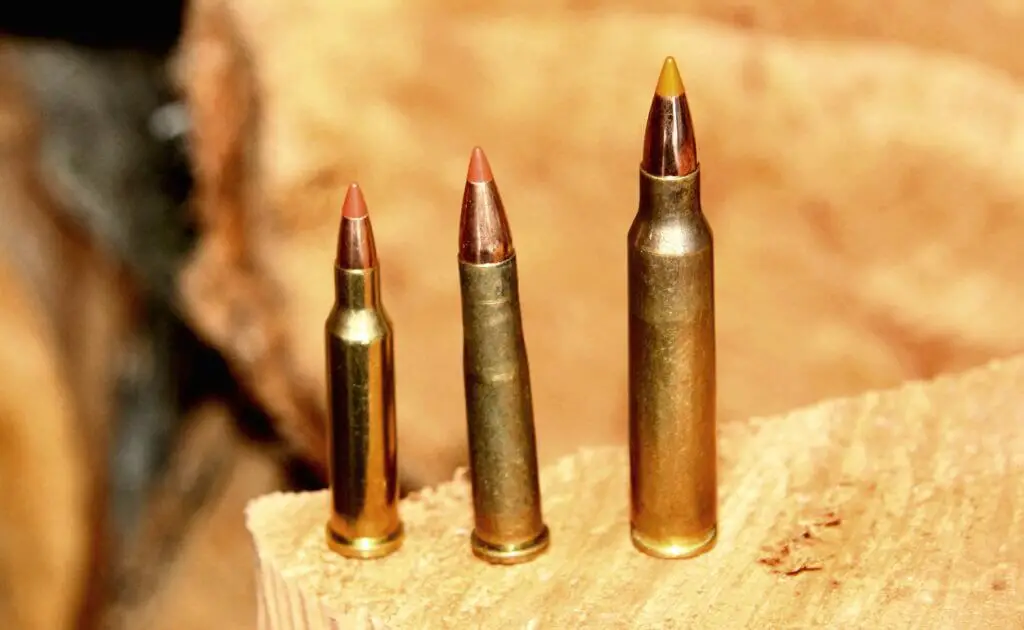The Sig Sauer P365 has taken the concealed carry world by storm, offering a unique combination of compact size, capacity, and reliability. One of the significant customization options for the P365 is its trigger, specifically deciding between a flat trigger and a curved trigger. As a firearm enthusiast with extensive experience in handling both trigger styles, I aim to provide a comprehensive analysis of each option. Whether you’re a seasoned shooter or relatively new to firearms, understanding the nuances between these triggers will help guide you toward the best choice for your needs.
| Feature | Sig P365 Flat Trigger | Sig P365 Curved Trigger |
|---|---|---|
| Trigger Design | Flat | Curved |
| Trigger Pull Weight | Approx. 5.5 lbs | Approx. 6.5 lbs |
| Finger Placement | Even Pressure Distribution | Natural Curve Comfort |
| User Experience | Crisp Break | Traditional Feel |
| Reset Distance | Short | Moderate |
| Material | High-Grade Aluminum | Polymer |
The Sig P365 Flat Trigger
Advantages of the Flat Trigger
Choosing a flat trigger on the Sig P365 offers several benefits, primarily in regards to control and consistency. A flat trigger surface provides a uniform area for your finger to engage, allowing even pressure distribution along the trigger plane. This design tends to promote a more precise trigger pull, leading to potentially better accuracy.
From my personal experience, the flat trigger is especially advantageous for shooting at a rapid pace. The flat surface facilitates consistent finger placement, which can improve shot consistency. I found the trigger pull to be crisp, and the reset was impressively short, both of which contributed positively to performance during quick follow-up shots.
Challenges with the Flat Trigger
While the flat trigger holds numerous benefits, it also has its challenges. Newer shooters might find the flat design less intuitive compared to a curved trigger. Additionally, when shooting at unconventional angles, the flat trigger might feel less comfortable as the lack of curve doesn’t naturally guide finger placement.
Pros and Cons of the Flat Trigger
Pros:
- Uniform pressure distribution
- Short, crisp break and reset
- Potentially improved accuracy
Cons:
- Slightly higher learning curve for new shooters
- Less ergonomic for some hand shapes
The Sig P365 Curved Trigger
Advantages of the Curved Trigger
The traditional curved trigger on the Sig P365 offers a classic feel many shooters are accustomed to. Its ergonomic design naturally guides the finger to the center of the trigger, which can provide a more comfortable and intuitive shooting experience, particularly for those with smaller hands or who prefer traditional designs.
In my practical use, the curved trigger provided a familiar feedback loop. I appreciated its comfort, especially during extended shooting sessions. The weight of the trigger pull was slightly heavier than the flat variant, but this offered a sense of intentional pull, which could help prevent negligent discharge.
Challenges with the Curved Trigger
Despite its comfortable feel, the curved trigger does have drawbacks in comparison to its flat counterpart. The trigger pull, while smooth, has a slightly longer reset, which can impact rapid shooting scenarios. Additionally, there’s a potential for varying finger placement, which can affect consistency shot to shot.
Pros and Cons of the Curved Trigger
Pros:
- Intuitive and ergonomic design
- Comfortable for long shooting periods
- Potentially reduces negligence by requiring intentional pull
Cons:
- Longer reset distance
- Less consistent finger placement
Considerations When Choosing Between Flat and Curved Triggers
Finger Comfort and Adaptability
Whether you select a flat or curved trigger largely depends on personal comfort and adaptability in different shooting scenarios. Consider how you plan to use your P365: for everyday carry, competition shooting, or simply as a range gun. Your specific purpose will significantly influence which trigger style aligns best with your objectives.
Shooting Style and Experience Level
Experienced shooters might find they can adapt more easily to the flat trigger’s benefits, especially if their shooting style emphasizes precision and speed. On the other hand, those new to firearms or who favor comfort might lean towards the curved trigger for its familiar feel and straightforward operation.
Maintenance and Durability
Maintenance is also a consideration when choosing between flat and curved triggers. Flat triggers made from high-grade aluminum demonstrate exceptional durability and resilience over time. The curved polymer triggers, while sturdy, might not match the durability of metal counterparts in the long term. Nonetheless, both options offer tremendous reliability under typical usage conditions.
Exploring the intricacies of each trigger type will help provide you with the information needed to make an informed decision. Ensuring that your Sig P365 is perfectly tailored to meet your functional and comfort preferences will only enhance your overall shooting experience.
Frequently Asked Questions
1. What are the differences between a flat trigger and a curved trigger on a SIG P365?
A flat trigger typically provides a straighter pull while a curved trigger conforms to the natural curve of your finger. The flat trigger may feel more comfortable to some shooters, while others may prefer the traditional feel of a curved trigger.
2. Does a flat trigger affect the trigger pull weight on a SIG P365?
The design of the trigger itself does not affect the trigger pull weight. However, some shooters may find that they have better control and consistency with a flat trigger, which can lead to improvements in trigger pull weight management.
3. Which trigger shape is better for accuracy on a SIG P365?
Accuracy is subjective and can vary from shooter to shooter. Some may find that they have better accuracy with a flat trigger due to the more consistent trigger pull it offers. Others may prefer the feel of a curved trigger for their shooting style.
4. Is one trigger shape more comfortable than the other on a SIG P365?
Comfort is a personal preference, and what works best for one shooter may not work for another. Some may find that a flat trigger provides a more comfortable shooting experience, while others may prefer the familiar feel of a curved trigger.
5. Does a flat trigger improve the reset on a SIG P365?
While the shape of the trigger itself does not directly impact the reset, some shooters may find that they have greater control over the reset with a flat trigger due to its design. This can lead to faster follow-up shots and improved overall performance.
6. Can I swap out the trigger on my SIG P365 for a flat trigger if it has a curved trigger?
Yes, many manufacturers offer flat trigger upgrade kits for the SIG P365 that can be easily installed by the user. It is important to follow the manufacturer’s instructions carefully to ensure proper installation and function.
7. Are there any safety concerns with using a flat trigger on a SIG P365?
As long as the trigger upgrade is installed correctly and functions properly, there should be no safety concerns with using a flat trigger on a SIG P365. It is important to test the trigger after installation to ensure it is working correctly before use.
8. Does a flat trigger affect the feel of the trigger pull on a SIG P365?
Some shooters may notice a difference in the feel of the trigger pull with a flat trigger compared to a curved trigger. The flat trigger may provide a smoother, more consistent pull, while the curved trigger may have a different feel due to its shape.
9. Can a flat trigger help with trigger control on a SIG P365?
Some shooters may find that they have better trigger control with a flat trigger due to its design. The straight pull of a flat trigger can help promote a consistent trigger squeeze, leading to improved accuracy and follow-up shots.
10. Which trigger shape is best for concealed carry on a SIG P365?
Concealed carry preferences can vary, but some shooters may find that a flat trigger offers better control and consistency when carrying a SIG P365. However, the best trigger shape for concealed carry ultimately comes down to personal preference and comfort.
- How to Put a Scope on a Mosin Infantry in Tarkov: A Quick Guide - November 7, 2024
- How to Edit a Scope Box in Revit: A Step-by-Step Guide - November 6, 2024
- How to Put a Scope on Mosin Tarkov: Expert Tips for Gamers - November 6, 2024


